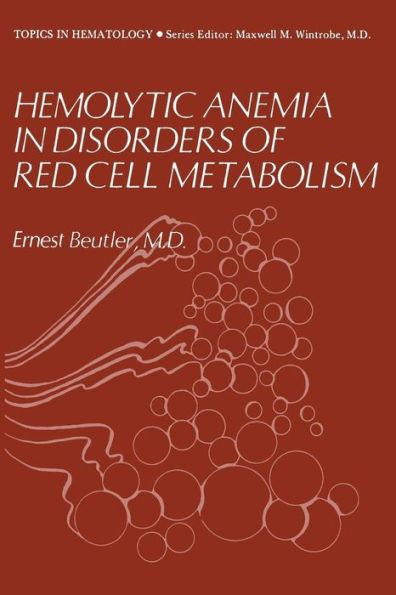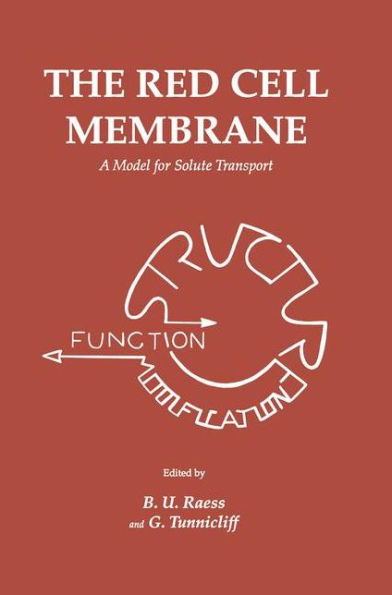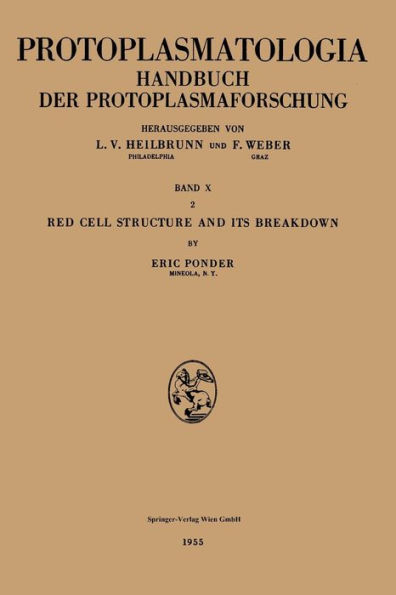Home
Red Cell Rheology
Barnes and Noble
Loading Inventory...
Red Cell Rheology
Current price: $169.99

Barnes and Noble
Red Cell Rheology
Current price: $169.99
Loading Inventory...
Size: OS
*Product information may vary - to confirm product availability, pricing, shipping and return information please contact Barnes and Noble
Hemolysis during filtration through micropores studied by Chien et al. [I] showed a dependence on pressure gradient and pore diameter that, at the time of publication, did not permit an easy interpretation of the hemolytic mechanism. Acting on the assumption that thresholds of hemolysis are easier to correlate with physical forces than extents of hemolysis, we performed a series of experi ments repeating some of the conditions reported in [I] and then focusing on low L1P in order to define better the thresholds of hemolysis for several pore sizes. Employing a model of a deformed red cell shape at the pore entrance (based on micropipette observations) we related the force field in the fluid to a biaxial tension in the membrane. The threshold for lysis correlated with a membrane tension of 30 dynes/cm. This quantity is in agreement with lysis data from a number of other investigators employing a variety of mechanisms for introduc ing membrane tension. The sequence of events represented here is: a. Fluid forces and pressure gradients deform the cell into a new, elongated shape. b. Extent of deformation becomes limited by the resistance of the cell mem brane to undergo an increase in area. c. Fluid forces and pressure gradients acting on the deformed cell membrane cause an increase in biaxial tension in the membrane. d. When the strain caused by this tension causes pores to open in the membrane, the threshold for hemolysis has been reached [2].
Hemolysis during filtration through micropores studied by Chien et al. [I] showed a dependence on pressure gradient and pore diameter that, at the time of publication, did not permit an easy interpretation of the hemolytic mechanism. Acting on the assumption that thresholds of hemolysis are easier to correlate with physical forces than extents of hemolysis, we performed a series of experi ments repeating some of the conditions reported in [I] and then focusing on low L1P in order to define better the thresholds of hemolysis for several pore sizes. Employing a model of a deformed red cell shape at the pore entrance (based on micropipette observations) we related the force field in the fluid to a biaxial tension in the membrane. The threshold for lysis correlated with a membrane tension of 30 dynes/cm. This quantity is in agreement with lysis data from a number of other investigators employing a variety of mechanisms for introduc ing membrane tension. The sequence of events represented here is: a. Fluid forces and pressure gradients deform the cell into a new, elongated shape. b. Extent of deformation becomes limited by the resistance of the cell mem brane to undergo an increase in area. c. Fluid forces and pressure gradients acting on the deformed cell membrane cause an increase in biaxial tension in the membrane. d. When the strain caused by this tension causes pores to open in the membrane, the threshold for hemolysis has been reached [2].
![Now Playing [Red Vinyl] [Barnes & Noble Exclusive]](https://prodimage.images-bn.com/pimages/0603497826056_p0_v1_s600x595.jpg)



![Records [Red Vinyl] [Barnes & Noble Exclusive]](https://prodimage.images-bn.com/pimages/0603497857890_p0_v1_s600x595.jpg)


![Chaka [Ruby Red Vinyl] [Barnes & Noble Exclusive]](https://prodimage.images-bn.com/pimages/0603497826261_p0_v1_s600x595.jpg)
![At Last! [Red Vinyl] [ Barnes & Noble Exclusive]](https://prodimage.images-bn.com/pimages/0602468003991_p0_v1_s600x595.jpg)

![Crow / O.S.T. [Red Vinyl] [Barnes & Noble Exclusive]](https://prodimage.images-bn.com/pimages/0081227813666_p0_v2_s600x595.jpg)






